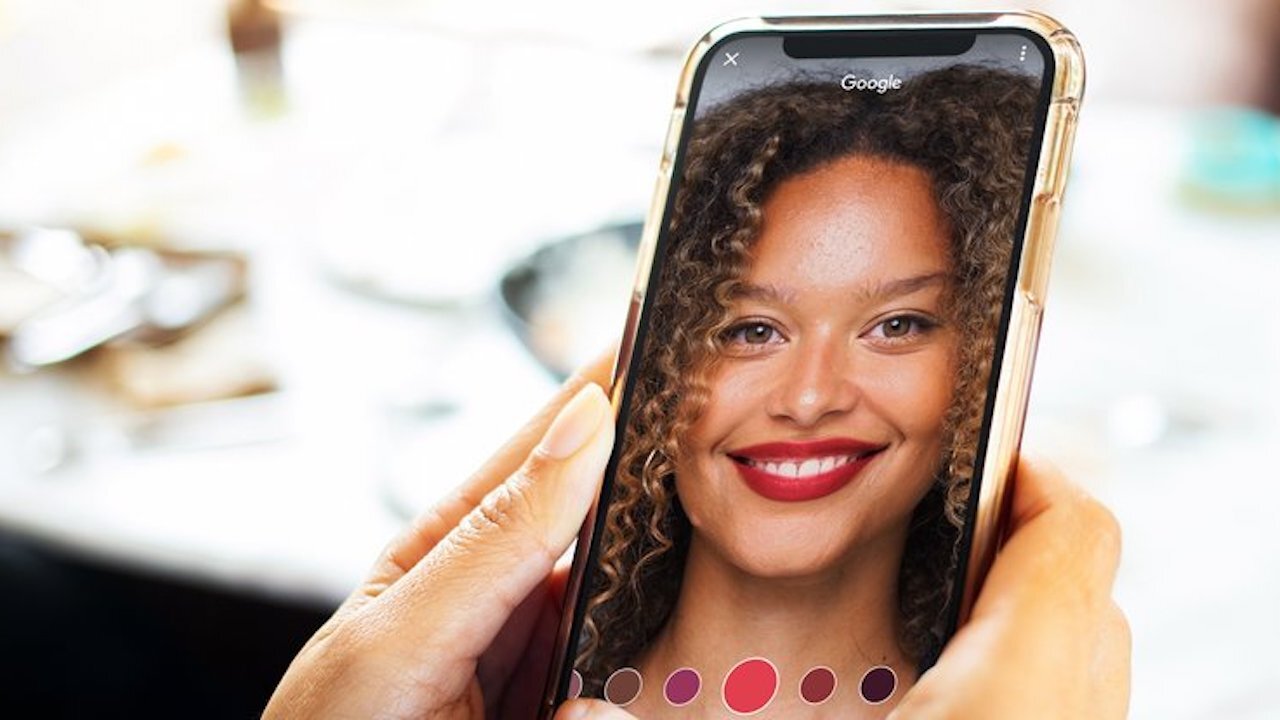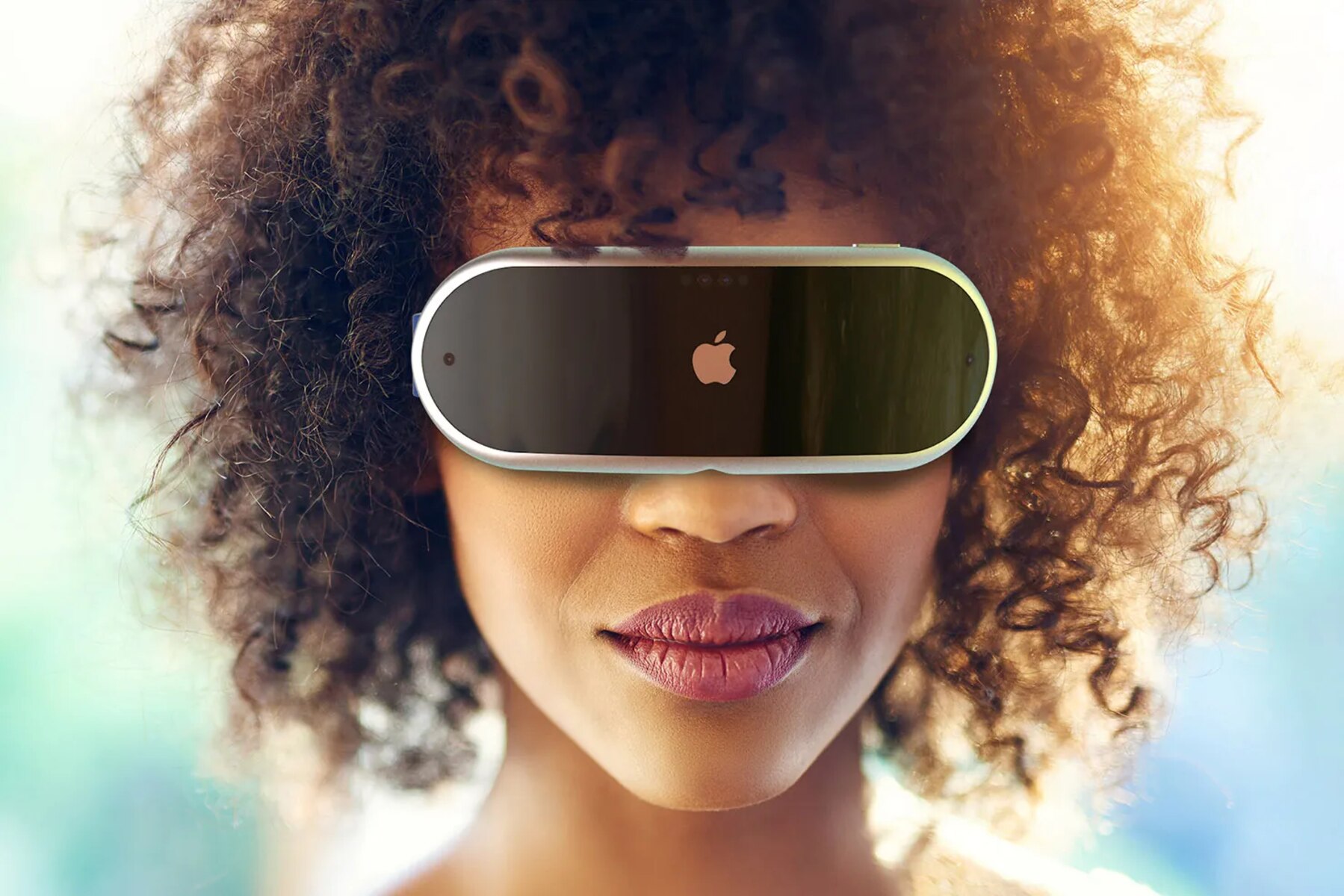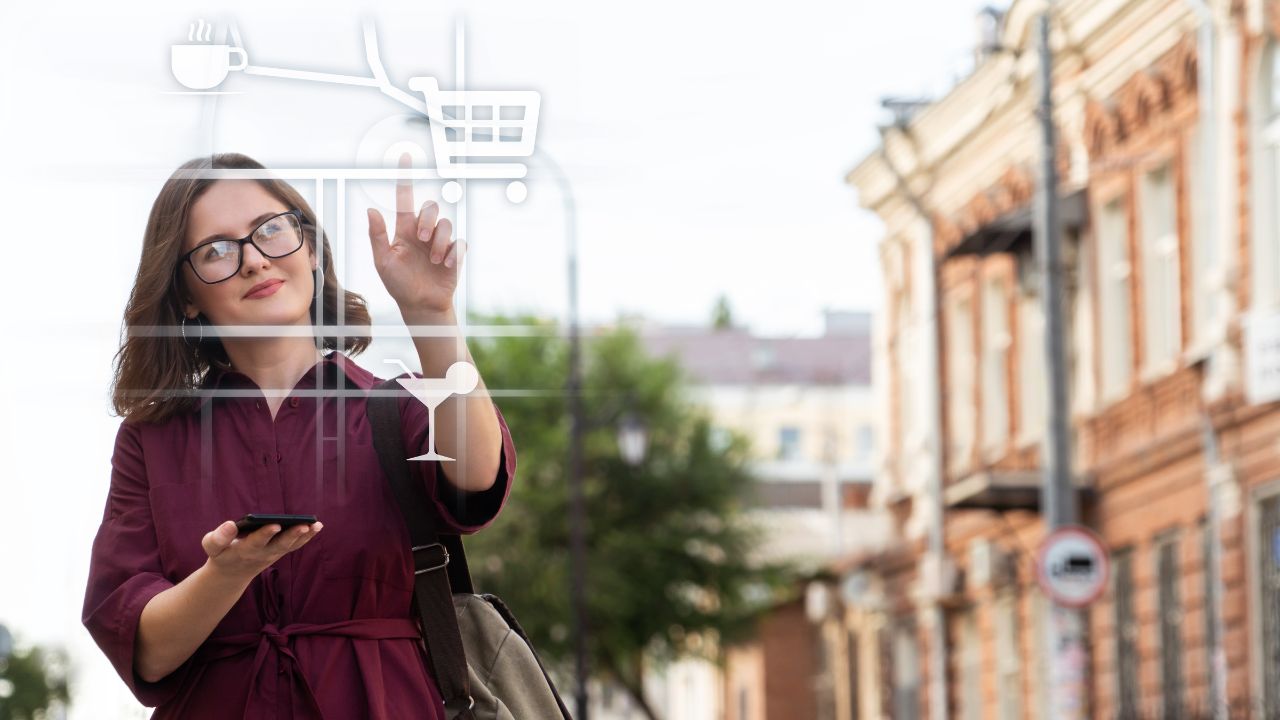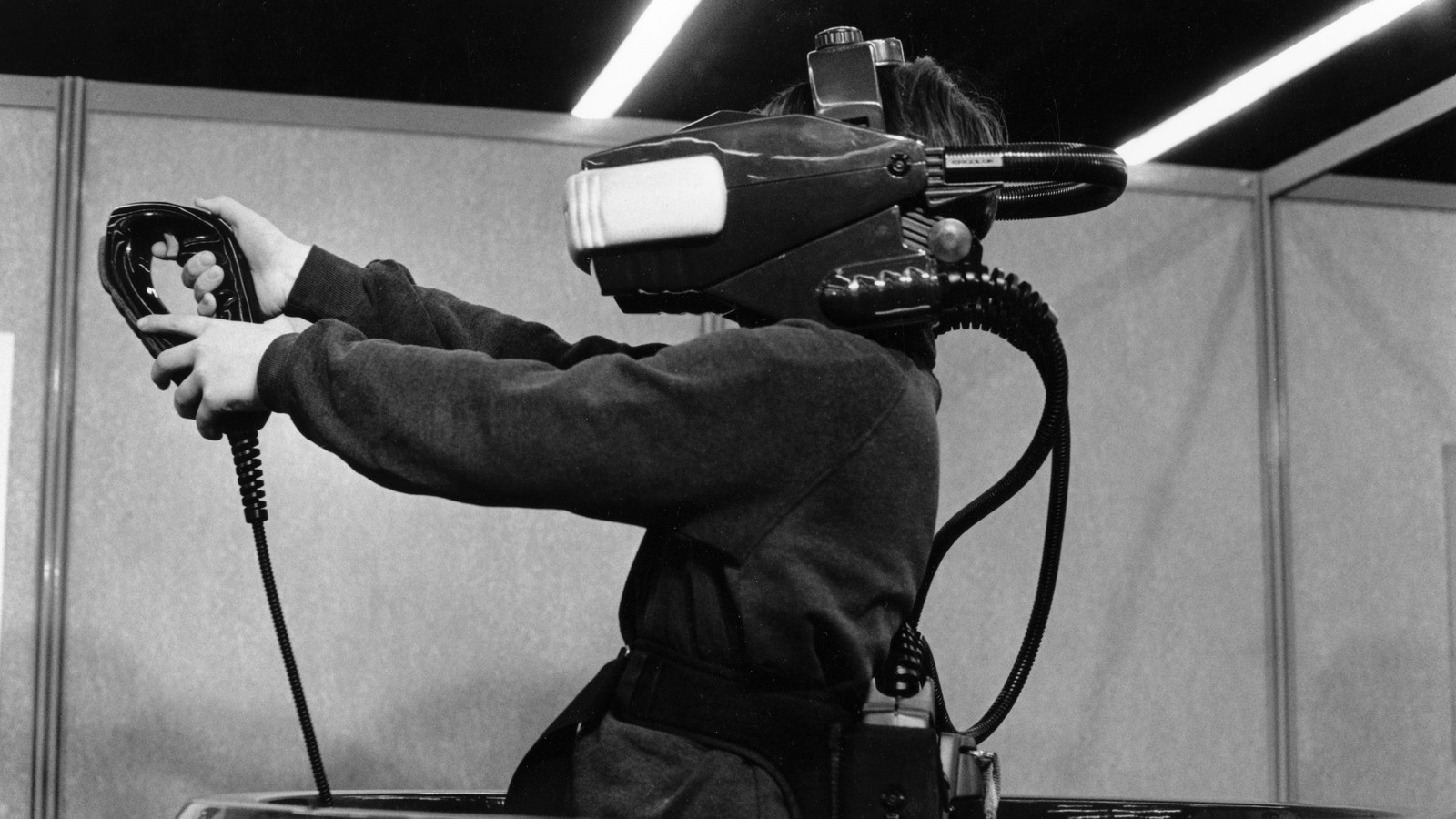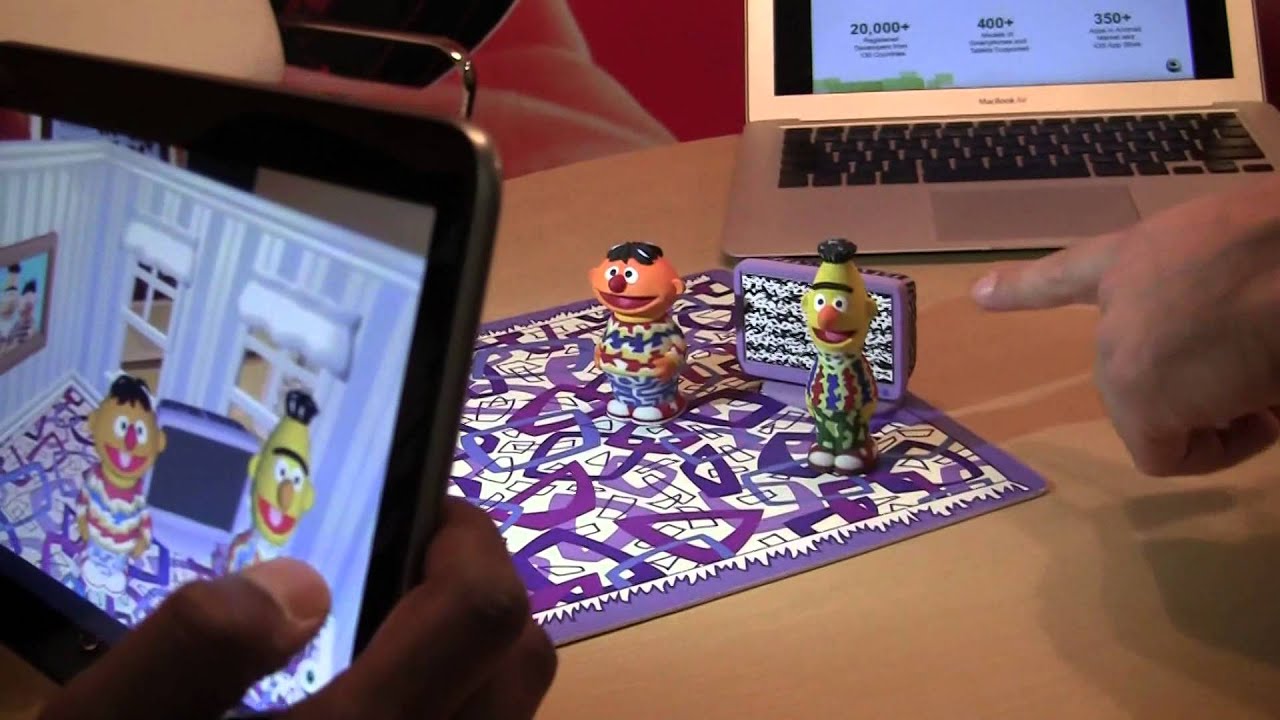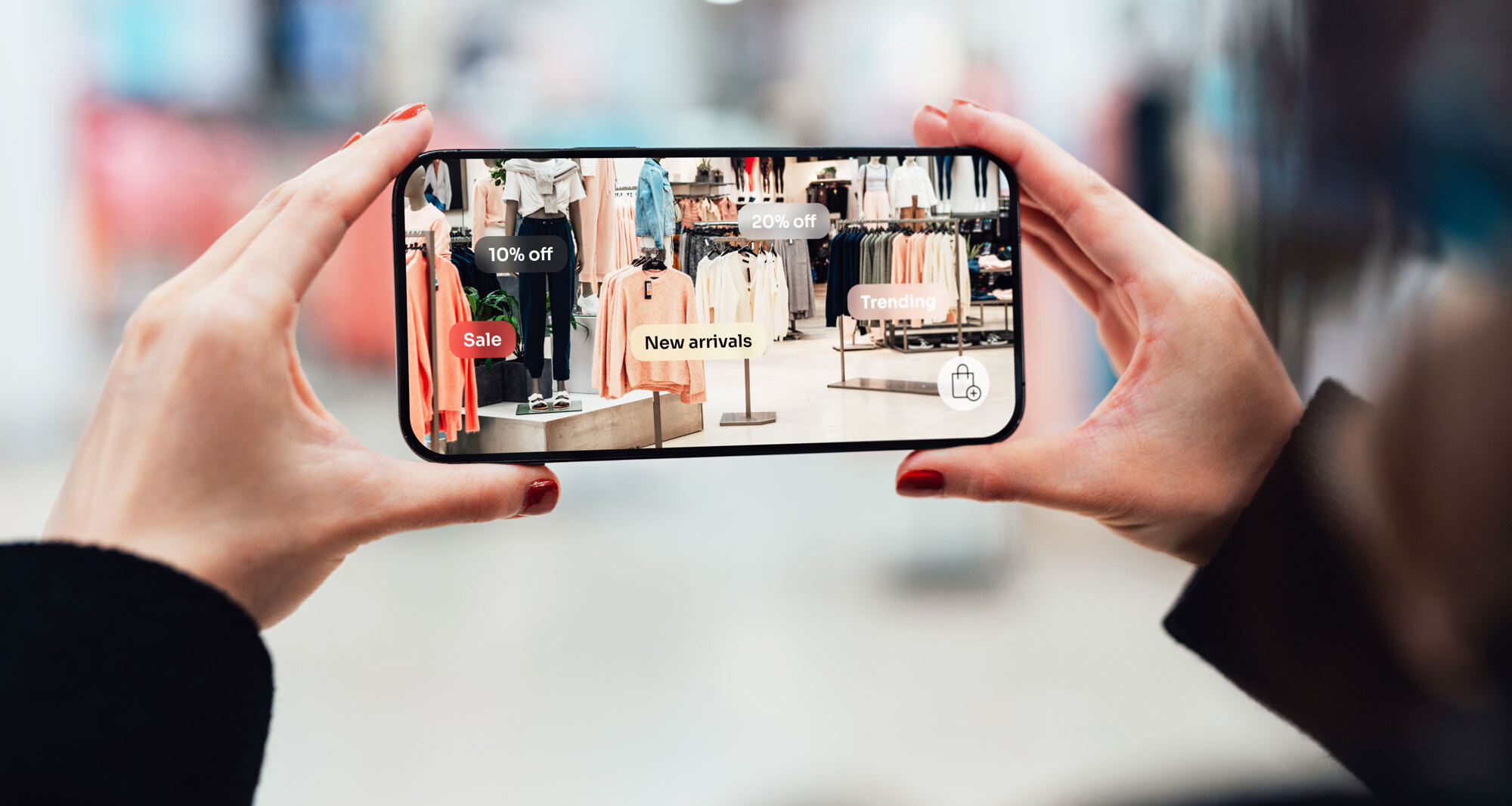Google has unveiled its latest advertising innovation, AR Beauty ads. This new ad format utilizes augmented reality (AR) to allow brands to promote lip and eye products through interactive “virtual try-on” experiences. The aim is to provide customers with a more engaging and personalized shopping journey.
Key Takeaway:
Google has launched AR Beauty ads, which leverage augmented reality technology to enable customers to virtually try on lip and eye products. This immersive experience aims to enhance the shopping journey and increase customer engagement. AR has become a powerful force in marketing, with brands reporting higher conversion rates and increased consideration from customers.
Enhancing the Shopping Experience with AR Beauty Ads
AR Beauty ads are an evolution of Google’s previous foray into augmented reality advertising. In 2019, Google experimented with bringing AR to YouTube display ads in collaboration with makeup influencers. This allowed viewers to virtually try on makeup while following along with tips and product reviews from their favorite YouTube creators.
The introduction of AR Beauty ads reflects the growing belief among tech and advertising industry professionals in the effectiveness of AR as a marketing tool. Meta, the parent company of Facebook and Instagram, recently announced that it will roll out AR ads to Instagram Reels and Facebook Stories later this year. Snapchat has also been offering AR ads through its Lens technology and platform.
The Power of AR Advertising
Brands have reported significant benefits and increased customer engagement from incorporating AR into their advertising strategies. Shopify data shows that AR ads outperform display ads, with 3D AR ads generating 94% higher conversion rates compared to static 2D ads. Additionally, studies by Snap and Deloitte indicate that brands offering AR experiences are 41% more likely to be considered by customers.
Google’s 2019 YouTube experiment with VR ads showed promising results, with nearly a third of viewers spending over 80 seconds trying on lipstick on average. Interacting with virtual try-on tools on Google Search has also been shown to increase the likelihood of customers spending time on a brand’s website, conducting product research, or making a purchase.
Given the success and potential of AR advertising, global AR ad revenue is projected to reach $6.68 billion by 2025, a substantial increase from $1.36 billion in 2020.
Conclusion
Google’s launch of AR Beauty ads signifies the company’s commitment to leveraging augmented reality technology to enhance the advertising experience. By allowing customers to virtually try on lip and eye products, these ads aim to provide a more interactive and personalized shopping journey. With the growing adoption of AR in the advertising industry, brands can expect higher conversion rates and increased customer consideration by incorporating this innovative technology into their marketing strategies.







